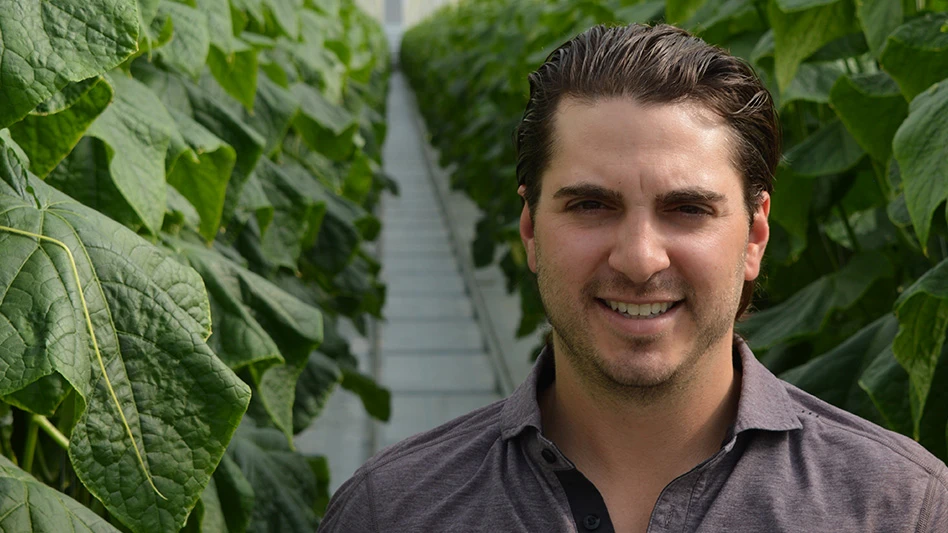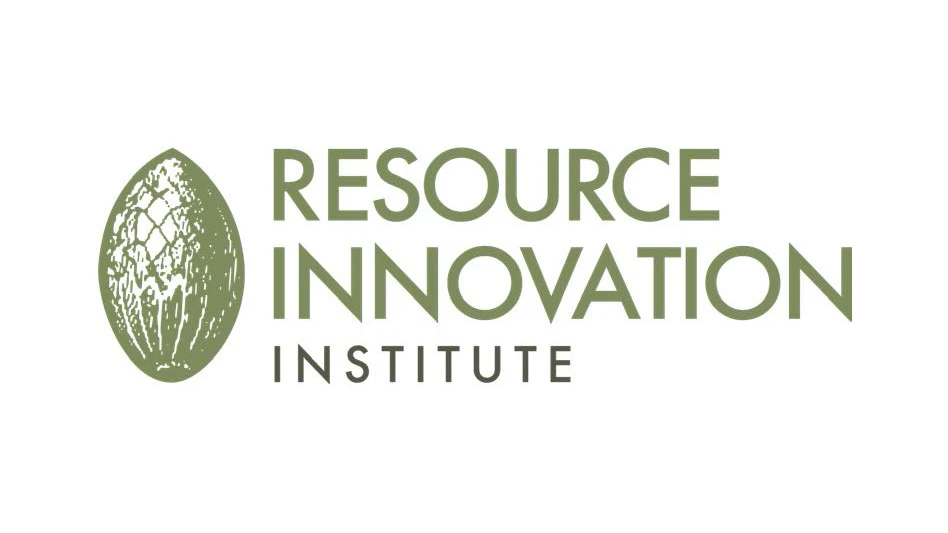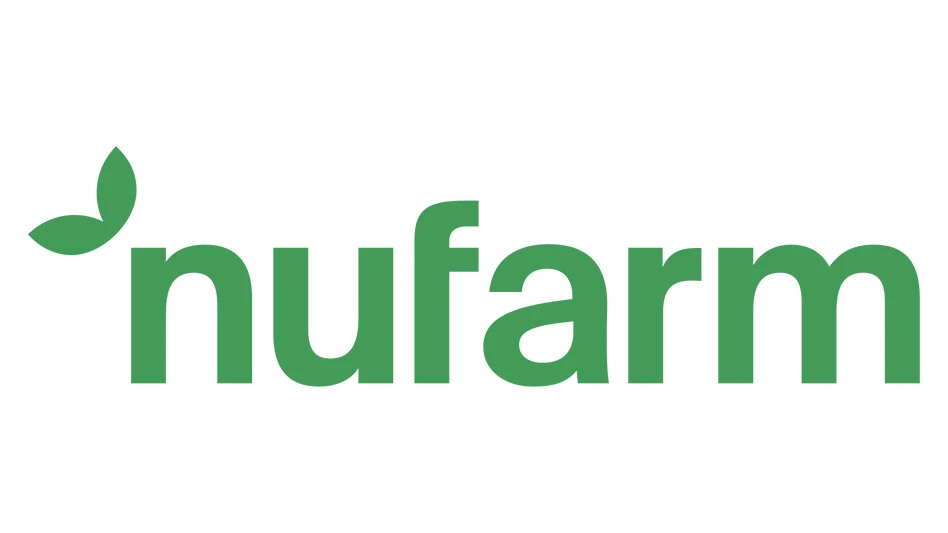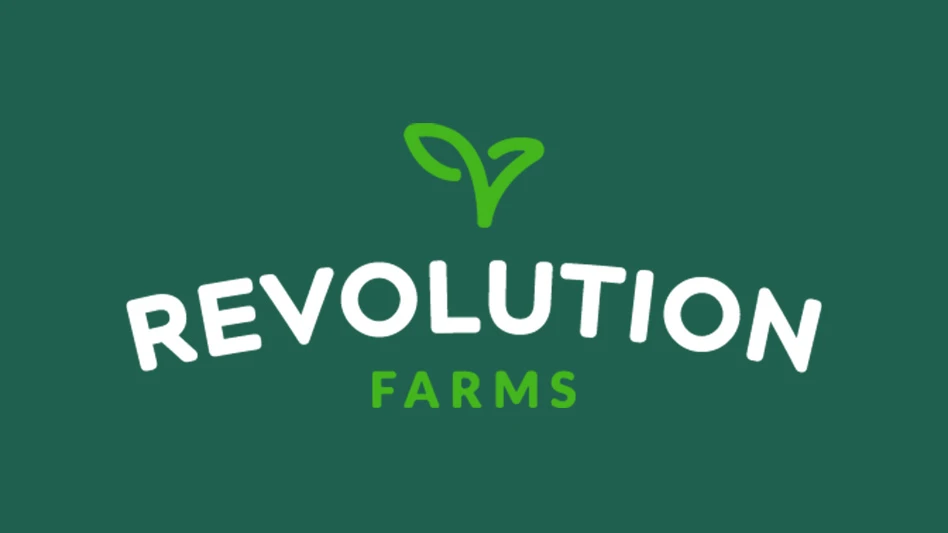
The advancements in augmentative biocontrol have been truly remarkable over the decades. However, today, numerous growers, whether indoor or outdoor, are actively exploring methods to utilize their local beneficial populations through conservation biocontrol.
Conservation versus augmentative
Conservation biocontrol is a term used when growers use local beneficial populations by planting insectary plants that attract and sustain beneficial insects. These plants provide food resources such as pollen and nectar or other resources. Additionally, growers are very selective about pesticide applications, selecting products that will have minimal impact on these local beneficials yet provide control or suppression of target pests.
The process of conservation biocontrol differs from the augmentative biocontrol practices of indoor growing facilities that buy beneficial insects and mites from commercial insectaries and release them into their system. But recently, many growers are now adopting a combined program that integrates both of these strategies to get the best of both worlds.
There are several benefits to the conservation biocontrol approach. One is that regional beneficials are well-adapted for the local environment, and research has shown they tend to be more pesticide-tolerant than commercially reared beneficials. Another benefit to having the insectary plants around is they provide a habitat for mating, egg laying and refuge to hide from other predators beyond the pollen and nectar they provide.
Overcoming conservation biocontrol challenges
It can be challenging to learn to identify the local beneficials and make sure you are not rearing pests. But one of the harder challenges is selecting the right insectary plants.
The first thing to consider is site selection. Find a place where these plants have the right environment to grow, including adequate irrigation. Think about pesticide application, too. Will the plants be in an area where drift could be an issue? Often, outdoor grassy strips will be selected for conversion, or maybe a berm on the edge of the property. These planted areas are referred to as insectary strips.
For the inside of a greenhouse, this can be done in large containers placed on benches or hanging planters. You may think that this may not work in the greenhouse environment, but many greenhouses have openings to the outside that allow local beneficials to come in. Greenhouses can also plant these resource plants outside of their greenhouses. Studies have shown that this can increase beneficials inside the greenhouse.
The art of insectary plant selection
When it comes to plant selection, there’s no easy, go-to list to use. You’re going to have to do some homework. So, search for plants that can provide pollen and nectar resources but don’t turn into a breeding ground for key pests of your crops. If possible, select insectary plants that are from different families than your crop to try to prevent sharing pests.
We know that pollen can be an important part of some beneficial insects’ diets, but not all pollen is the same. Pollen can vary greatly in its percentage of protein and amino acids depending on the plant. Also, some of today’s cultivars may have had the pollen bred out of them, resulting in sterile plants.
We see this with Lobularia. This is a very popular insectary plant indoors and out. It is used outdoors in field vegetable production and indoors in pots for floriculture. It feeds beneficials like the minute pirate bug (Orius spp.) and parasitic wasps. The seed varieties have pollen, whereas the vegetatively produced plants do not. In the greenhouse, growers often like the plants without pollen because it reduces western flower thrips (WFT) reproduction.
Sometimes it is better to look at heirloom or seed varieties of plants that may provide better pollen resources. A word of warning, though: You don’t want to select plants that can easily go to seed and then become a weed problem. Also, some heirlooms can grow quite tall and may not work in a container situation.
Bloom time should also be looked at when making plant selections. It is best to have a continuous bloom cycle if possible. Some plants can bloom all season (this is why Lobularia is so popular). Others have shorter bloom times, but do not discount plants that are not in bloom. Studies have shown that just having plant diversity will attract beneficials. Having diverse flower sizes, from very small, like Queens Anne’s lace, to large, like sunflowers, will also attract different beneficials.
Beyond just flower structures, some plants have what are called extrafloral nectaries (EFN). These are glands found on plants outside of the flower structures that provide nectar. They are like mini-feeding stations. According to the University of Florida, more than 2,000 plant species in 64 families have EFNs. Passion flowers, hibiscus, sunflowers, peonies, buckwheat and many others have these useful structures. Using plants with EFNs can provide nectar even when flowers are not present.
Planting tips
One way to get a head start on pests is to “seed” these insectary plants with commercially produced beneficials. If choosing to do this, make sure there is food for the beneficial you are putting out, or they will just starve to death.
If planting strips outdoors, perennials may be more expensive upfront but in the long run can be more economical. They will also provide an overwintering site for beneficials. Once again, you also have to make sure that they do not also provide an overwintering site for pests, but more and more research is showing the benefits of habitat for beneficials outweighs the risk.
One group that has been working with many outdoor agricultural systems is The Xerces Society. Looking at the work they have done in outdoor agricultural systems, growers can try to adapt this information to the ornamental market. On their website (xerces.org), you can search regional plant lists of native species that will support pollinators and beneficials.
Additionally, some universities have been trialing plants. Penn State found in their 2013 pollinator trials that Clustered Mountain Mint (Pycnanthemum muticum) had some of the highest numbers of insect visitors, with a very high number of flower flies (Syrphid spp.). Often, people think of beneficial insects as meat-eaters, not recognizing that many are actually omnivores. The flower flies are amazing pollinators because in their adult stage, they feed on pollen and nectar, but in their larval stage, they are predatory. Another example is ladybird beetles (ladybugs). They are known to be excellent predators, but some species require significant amounts of pollen in their diet.
What to do if you cannot find a plant list for your environment? Try planting an assortment of plants, including different sizes and shapes of flowers with different bloom times. Keep in mind plant size if planting in pots. Then do some simple observation. Take a few minutes each day to watch the plants and see which ones are getting visitation by beneficials.
Insectary plantings may not suit every facility, but when the conditions are right, they can significantly enhance your pest management program. Planning is crucial, as is dedicating time to their care and observation to prevent them from becoming problematic.
Latest from Produce Grower
- IUNU secures $20 million to accelerate growth in AI-driven greenhouse technology
- Fresh Express announces rebrand, launches 'Express Yourself' campaign
- Oasis Grower Solutions announces new Southeast territory sales manager
- 80 Acres Farms expands to Georgia, Texas and Colorado
- BioWorks receives EPA approval for new biological insecticide for thrips, aphids, whiteflies
- The Growth Industry Episode 3: Across the Pond with Neville Stein
- Southern Garden Tour sets 2025 dates for trial garden open houses
- Topline Farms hires Justine Taylor as chief sustainability officer





